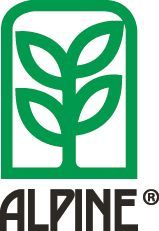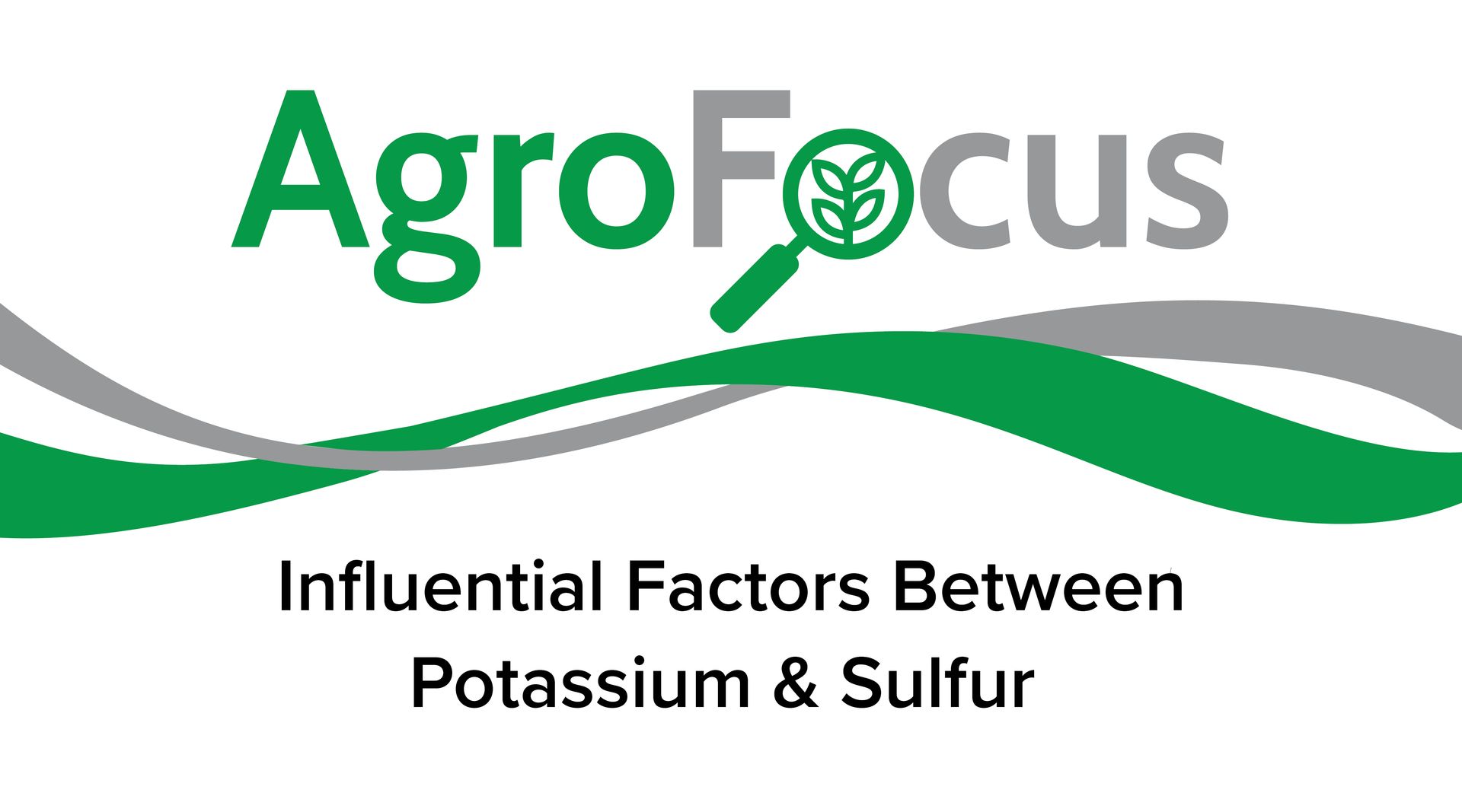The quest for maximizing crop production
In the Specialty Crop world, plant health is more than simply a term used in casual production conversation but rather a reference to adding value. Today more than ever plant health is being linked to the quest for maximizing crop production and addressing the limiting factors. Recent advances in plant nutrient technology have led to greater influences in our production methods. The ability to deliver the right nutrient at an effective rate at the right time and at the right site on a crop has great ability to add health and strength to the crop, giving it greater ability to withstand biological and environmental stress. Early plant health is critical to establishing the foundation for vigorous crop development. The quicker a plant gets established the greater the ability to resist early developing diseases. NACHURS, with the development of our premium line of products provides many choices for starters and plant set treatments. Evidence of this was demonstrated this year by research work conducted by Clemson University on watermelon. Trials were conducted with products used in the setter water as well in foliar treatments. The results strongly support the use of our Triple Option at a 2% solution during the planting operations. This test exhibited an increase of 590 melons per acre or an approximate increase in revenue of $2,236 per acre. A good example of the power of early establishment and improved plant health. Another advantage of quick establishment that is often overlooked is the fact that once the crop begins to root the pampering period subsides and the need for overwatering has passed. Keeping the soil oversaturated to prevent drought stress on new plants can often promote soil borne diseases that attach seed or young plants. Reducing that period of saturation also decreases the period of risk and disease development. Plant health may begin at the time of planting but with the advance in products such as NACHURS’ Bio-K, disease and stress management can be applied throughout the season and this is where the grower’s toolbox gains a great tool. NACHURS Bio-K line of products employs the strength of Potassium Acetate, the emerging potassium champion in nutrient products. Potassium Acetate possesses far superior solubility and uptake which in turn generates far greater response in the plant and in the fruit. Compared to more commonly used forms of potassium, Potassium Acetate is 7 times more soluble than Potassium Chloride, 8 times more soluble than Potassium Nitrate and 23 times more soluble than Potassium Sulfate. Work cited from the Journal of Plant Nutrition demonstrates that within a 48 hour period, nearly 6 times more Potassium Acetate is taken into a plant than Potassium Chloride, Potassium Nitrate or Potassium Sulfate. This is important when you consider that when it comes to moisture management within the plant, stress mitigation from biological or environmental stress, the development of plant enzymes and overall fruit quality is dependent on plant resident potassium. Another proponent of plant health is our Plant Growth Promoting Rhizobacteria or PGPR’s. PGPR’s applied to the soil in our Rhyzo-Link family of products unleashes billions of workers on our behalf. When PGPR’s are applied to crops they react within the soil and with the crop exudates to promote plant health, plant growth and plant defense mechanisms. These reactions result in a wide range of benefits from the mineralization and uptake of nutrient, the fixation and assimilation of nitrogen to crop defense against negative influences from biological and environmental sources. One experiment that I conducted a year ago employed the combined use of the PGPR’s and the strength of the Potassium Acetate. The trial was setup in two blocks, both treated with the same base nutrient and using the same test subjects; Potatoes, Tomatoes, Zucchini, Yellow Squash and Cucumbers. I wanted to test the ability to improve plant health to an extent that I could have influence on the occurrence of bacterial and fungal disease. So I irrigated each night at 9 pm to induce colonialization of disease agents. No pesticides were used but I did make one treatment of the PGPR’s at the time of planting applied through the setter water and 5 foliar treatments at critical times throughout the growing season. The results were quite surprising. I found strong infestation on the block where no PGPR’s and foliars were used, to the point that some of the crop barley survived to the completion of the trial due to a high degree of Powdery and Downey Mildew on the cucurbits and Bacterial Spot on the tomatoes. What was surprising was that on all of the crop subjects in the managed block, there was NO incidence of disease anywhere. No Powdery or Downy Mildew on any of the Cucurbits, NO Bacterial Spot or Speck on the Tomatoes and no Late Blight on the Potatoes. Now I quite certain that the clinical results were above average results compared to what we might find in field production and I am NOT suggesting that plant nutrition can replace the protective benefit of pesticides however I am confident that plant nutrition can and is a great tool towards Integrated Pest Management and plant health is the key! Once again, innovation and developing technologies bring value to the field and NACHURS is leading the way. Plant health, Bio-K and Rhyzo-Link PGPR’s go hand in hand where stress management and improved crop production are concerned. Brining added value to crop production, just another way NACHURS proves that we’re a partner and not just a manufacturer.
In the Specialty Crop world, plant health is more than simply a term used in casual production conversation but rather a reference to adding value. Today more than ever plant health is being linked to the quest for maximizing crop production and addressing the limiting factors.
Recent advances in plant nutrient technology have led to greater influences in our production methods. The ability to deliver the right nutrient at an effective rate at the right time and at the right site on a crop has great ability to add health and strength to the crop, giving it greater ability to withstand biological and environmental stress.
Early plant health is critical to establishing the foundation for vigorous crop development. The quicker a plant gets established the greater the ability to resist early developing diseases. NACHURS, with the development of our premium line of products provides many choices for starters and plant set treatments.
Evidence of this was demonstrated this year by research work conducted by Clemson University on watermelon. Trials were conducted with products used in the setter water as well in foliar treatments.
The results strongly support the use of our Triple Option at a 2% solution during the planting operations. This test exhibited an increase of 590 melons per acre or an approximate increase in revenue of $2,236 per acre. A good example of the power of early establishment and improved plant health.
Another advantage of quick establishment that is often overlooked is the fact that once the crop begins to root the pampering period subsides and the need for overwatering has passed.
Keeping the soil oversaturated to prevent drought stress on new plants can often promote soil borne diseases that attach seed or young plants. Reducing that period of saturation also decreases the period of risk and disease development.
Plant health may begin at the time of planting but with the advance in products such as NACHURS’ Bio-K, disease and stress management can be applied throughout the season and this is where the grower’s toolbox gains a great tool.
NACHURS Bio-K line of products employs the strength of Potassium Acetate, the emerging potassium champion in nutrient products.
Potassium Acetate possesses far superior solubility and uptake which in turn generates far greater response in the plant and in the fruit. Compared to more commonly used forms of potassium, Potassium Acetate is 7 times more soluble than Potassium Chloride, 8 times more soluble than Potassium Nitrate and 23 times more soluble than Potassium Sulfate.
Work cited from the Journal of Plant Nutrition demonstrates that within a 48 hour period, nearly 6 times more Potassium Acetate is taken into a plant than Potassium Chloride, Potassium Nitrate or Potassium Sulfate.
Another proponent of plant health is our Plant Growth Promoting Rhizobacteria or PGPR’s. PGPR’s applied to the soil in our Rhyzo-Link family of products unleashes billions of workers on our behalf.
When PGPR’s are applied to crops they react within the soil and with the crop exudates to promote plant health, plant growth and plant defense mechanisms. These reactions result in a wide range of benefits from the mineralization and uptake of nutrient, the fixation and assimilation of nitrogen to crop defense against negative influences from biological and environmental sources.
One experiment that I conducted a year ago employed the combined use of the PGPR’s and the strength of the Potassium Acetate. The trial was setup in two blocks, both treated with the same base nutrient and using the same test subjects; Potatoes, Tomatoes, Zucchini, Yellow Squash and Cucumbers.
I wanted to test the ability to improve plant health to an extent that I could have influence on the occurrence of bacterial and fungal disease. So I irrigated each night at 9 pm to induce colonialization of disease agents. No pesticides were used but I did make one treatment of the PGPR’s at the time of planting applied through the setter water and 5 foliar treatments at critical times throughout the growing season. The results were quite surprising.
I found strong infestation on the block where no PGPR’s and foliars were used, to the point that some of the crop barley survived to the completion of the trial due to a high degree of Powdery and Downey Mildew on the cucurbits and Bacterial Spot on the tomatoes.
What was surprising was that on all of the crop subjects in the managed block, there was NO incidence of disease anywhere. No Powdery or Downy Mildew on any of the Cucurbits, NO Bacterial Spot or Speck on the Tomatoes and no Late Blight on the Potatoes.
Now I quite certain that the clinical results were above average results compared to what we might find in field production and I am NOT suggesting that plant nutrition can replace the protective benefit of pesticides however I am confident that plant nutrition can and is a great tool towards Integrated Pest Management and plant health is the key! Once again, innovation and developing technologies bring value to the field and NACHURS is leading the way.










